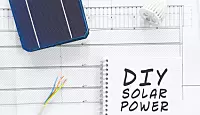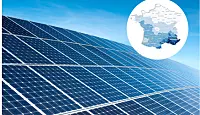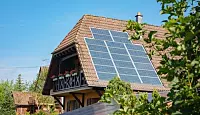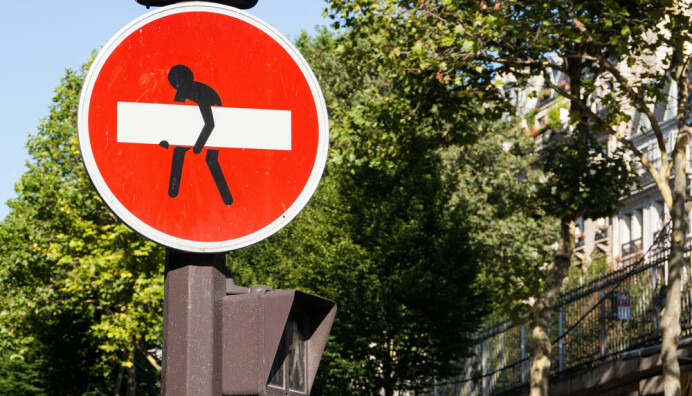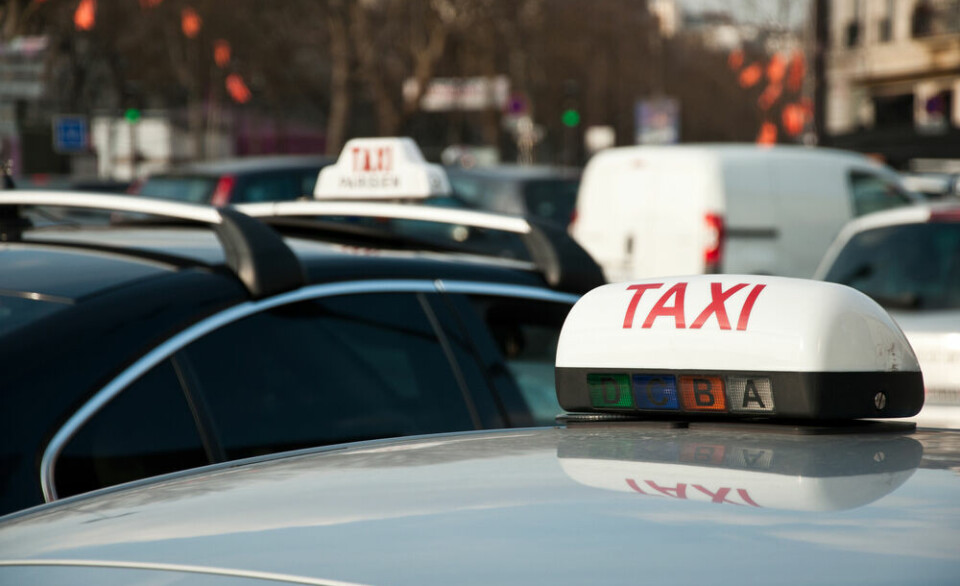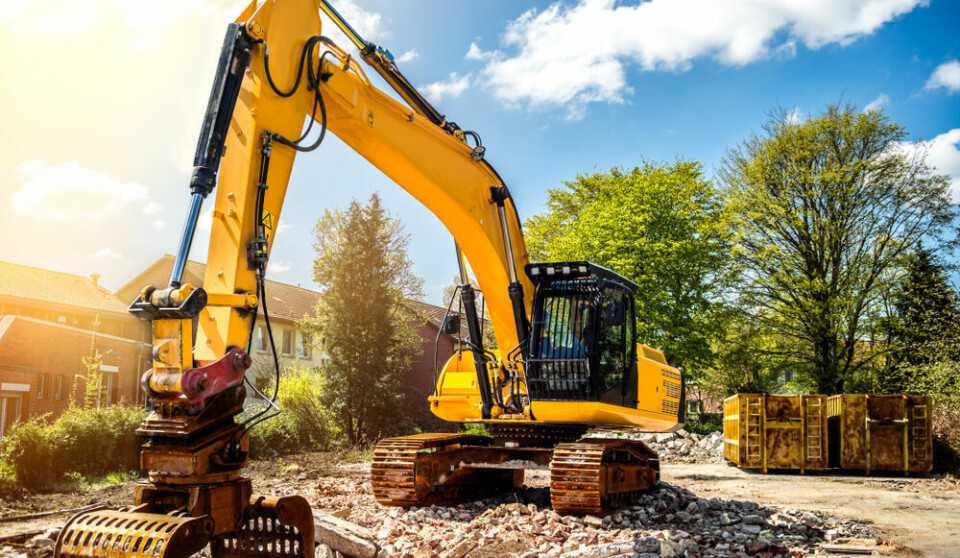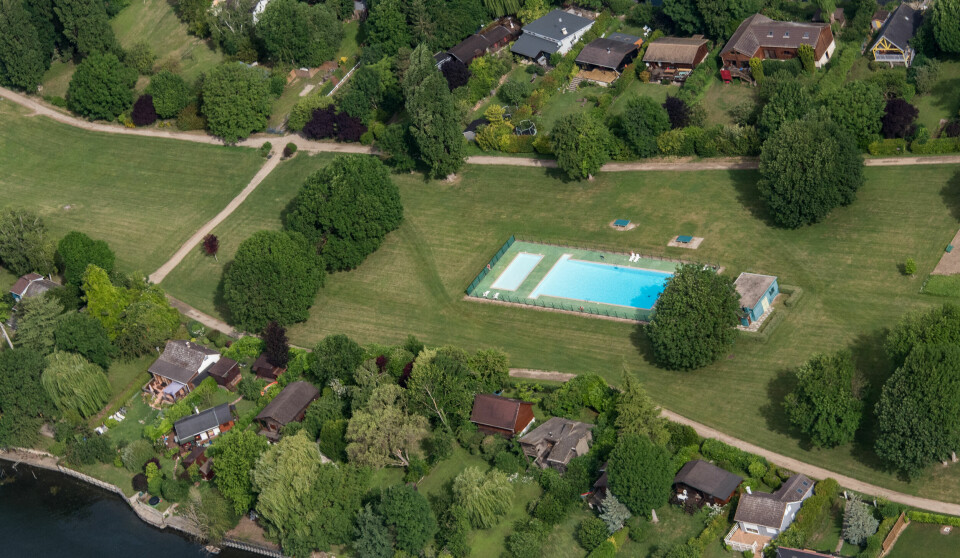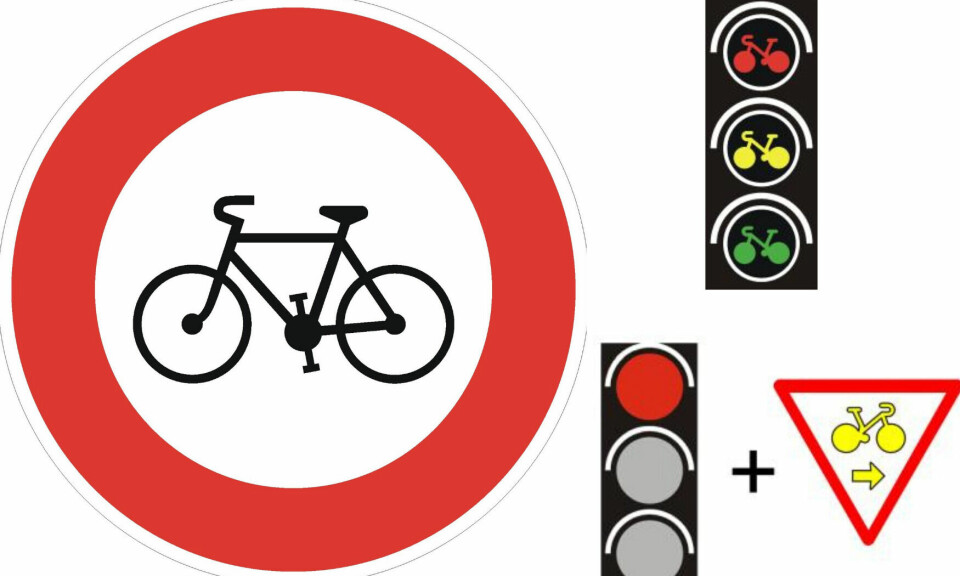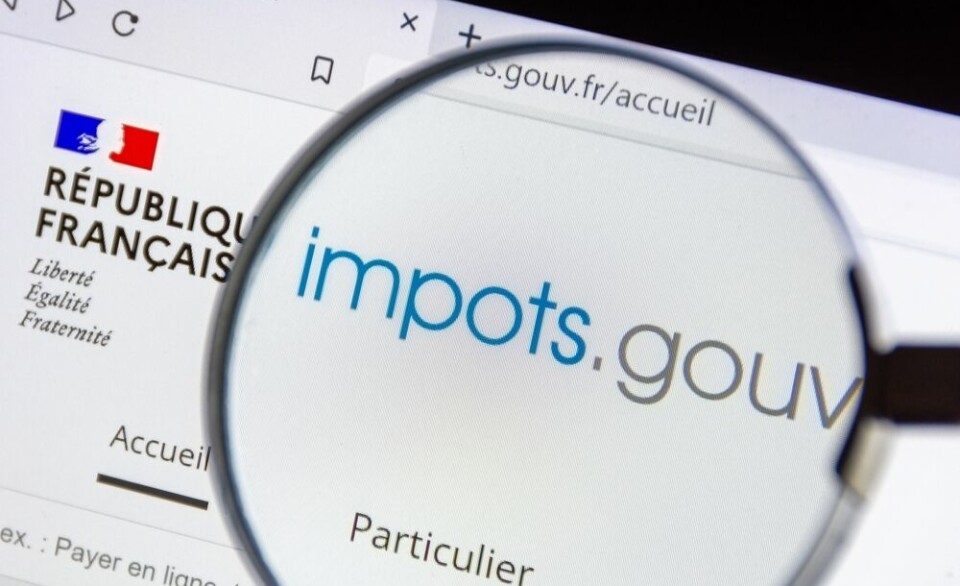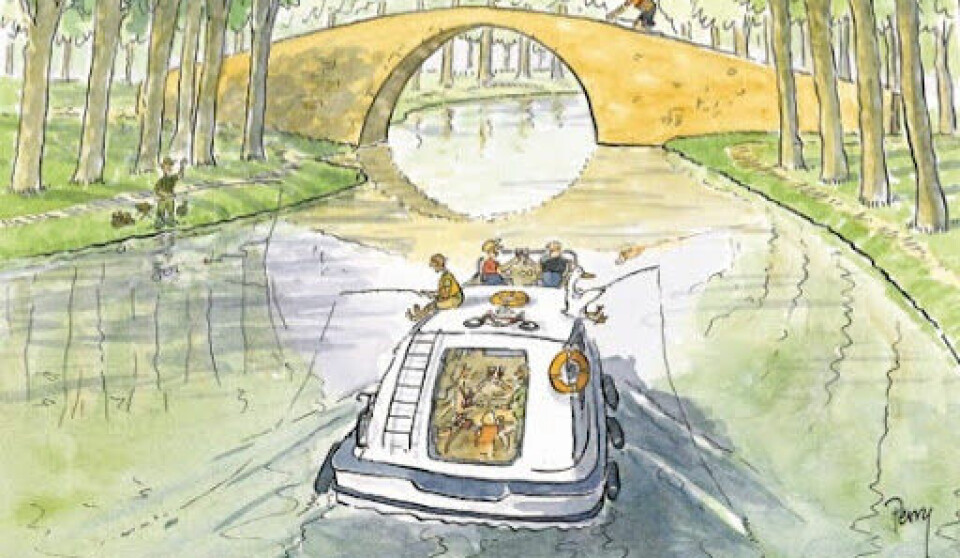-
What are the costs and rules for DIY home solar panel kits in France?
The number of those choosing to install solar panels themselves is increasing
-
MAP: How long before home solar panels cover costs in France?
The significant initial outlays are offset over time by grants and selling electricity back to suppliers
-
What aid is available to install home solar panels in France in 2024?
Several schemes can help both with initial costs and on an ongoing basis
Why record numbers of homeowners in France are installing solar panels
200,000 installations took place last year alone - and it is said to be just the beginning
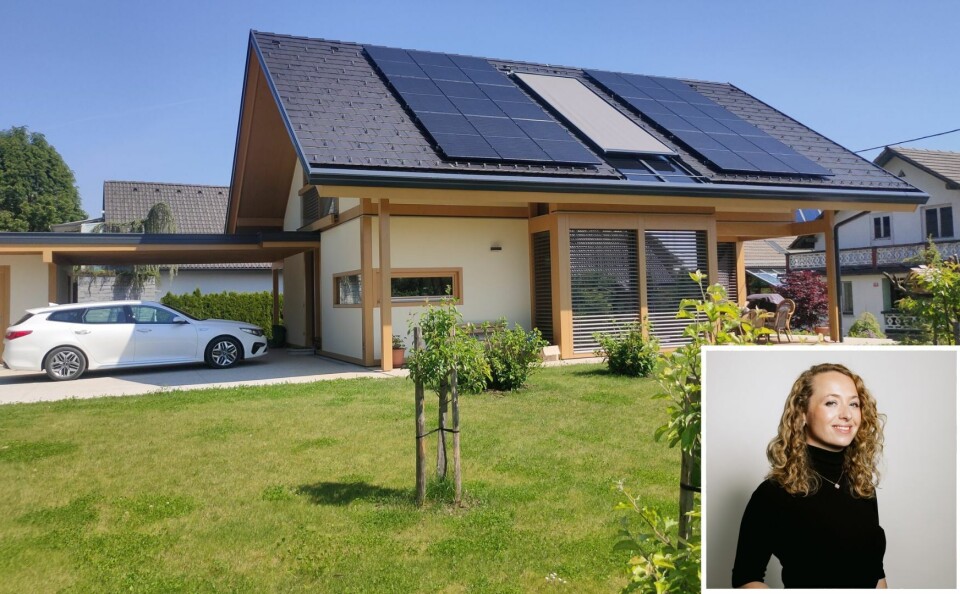
Electricity price hikes since the war in Ukraine have prompted a growing number of European homeowners to give solar panels a go.
While France still lags behind countries such as Germany in the number of panels installed, the gap is narrowing.
Power produced can vary depending on part of country
Last year, there were a record 200,000 new solar installations here, allowing homes to produce 30% to 40% of the electricity they used, according to figures from state electricity company EDF.
The total amount produced by the new panels was 800MW – not far off the 900MW produced by early nuclear power plants in France such as Fessenheim (Haut-Rhin), which the government shut in 2020.
The power produced by domestic solar systems depends on where they are placed.
A simulation for a house with seven panels facing south shows production of 2,950kWh in Lille and 4,575kWh in Marseille, for example.
Read more: What aid is available to install home solar panels in France in 2024?
Just the beginning for solar power in France
EDF has launched a subsidiary called EDF ENR to sell domestic solar panels. Its managing director, Benjamin Declas, said the lower cost of panels, most of which have parts made in China, helped boost the market last year.
“Nevertheless, in Germany in the same period, several million homes were equipped,” said Mr Declas. “In France, the business is really just beginning.”
The average cost of an installation on a 100m² property in 2023 was around €12,000 if carried out by a professional electrician.
Electricians were responsible for around 60% of installations, with firms such as EDF ENR having their own lists of installers.
Read more: ‘We feel duped by French solar panel firm’ - 12 signs to look out for
‘DIY kits easier than assembling flat-pack furniture’
Changes in the way panels are fixed to roofs also account for their growing popularity.
The new systems mean panels can be fixed directly to tiles, reducing the risk of roof leaks and spawning DIY kits, which some firms claim “are easier than assembling flat-pack furniture”.
The kits typically cost €6,250 for 16 panels with a potential production of 64,000Wc (watt crête). In theory, this is enough for roughly one and a half times the average power consumption of homes in France.
Read more: Why the price of home solar panels is dropping fast in France
EDF refuses to buy back electricity from DIY installations
Since the sun does not shine at night, sunlight levels vary with clouds, and maximum power depends on the exact orientation of the panels most homes will still need to use grid electricity.
Another €1,000 must be factored in for the fixing and connecting kits, as a connection to the house’s main junction box is required.
This might be easier said than done for homeowners who are not confident doing electrical work themselves.
Note, too, that home installations are not eligible for government grants, averaging €1,100.
Only those installed by an RGE-certified electrician qualify, and EDF refuses to buy back electricity from DIY installations, although the kit companies have deals with other supply companies.
On the plus side, the kits are a third of the price of having a professional do the job.
Homeowners must work out the amount to bill EDF
Most solar panels are installed on an ‘auto consumption with sale of surplus’ model.
The EDF ENR figures showed that homes typically used 85% of the electricity they produced, sometimes changing their habits to make use of the power generated during the day.
EDF is obliged to buy surplus electricity, as long as panels are installed professionally, for 20 years after the installation, with prices varying according to the wholesale cost of electricity.
This year, it is buying at €0.13 per kWh. Most houses now pay €0.22 per kWh.
Homeowners are responsible for reading their own Linky meters once a year and figuring out how much electricity was sent to the network, then billing EDF for it.
Administrative process for installation
The administrative process to install panels usually takes three months to complete.
It includes making a déclaration préalable de travaux at the mairie, filling out forms to have your system registered with the grid through state low-voltage network manager Enedis, and having the system either approved by a body called Consuel for €180, or swearing on an official document that it conforms to standards.
Solar panel firm Oscaro Power said it has sold 55,000 kits in three years.
“We have made it as simple as can be,” managing director Marie Juyaux said.
“The panels clip on to rails which are fixed to the tiles with simple systems that do not need the roof to be taken apart.
“Clients either have a micro converter of DC current to AC current for each panel, or a large converter.
“We also supply cables cut to measure to go from the panels to junction boxes.”
She said 60% of their clients sold surplus electricity via the system Oscaro Power set up to get around EDF bans on DIY installations.
“Installations are checked by Consuel but we have not had any refusals,” she said.
“Clients working on their own homes are incredibly careful and do good work. And afterwards they are so proud, showing off the panels on social media and inviting people over to see their work.”
Ms Juyaux said that in the Netherlands, solar panels have been installed on approximately one in four houses, while in France it is one in 50.
“There is still a long way to go, but France has started,” she said.
Related articles
French court rules against homeowner on ‘misleading’ solar panel deal
Points to consider if heating your French home with fuel oil
Compare, switch, save: Which French electricity contract is best?
